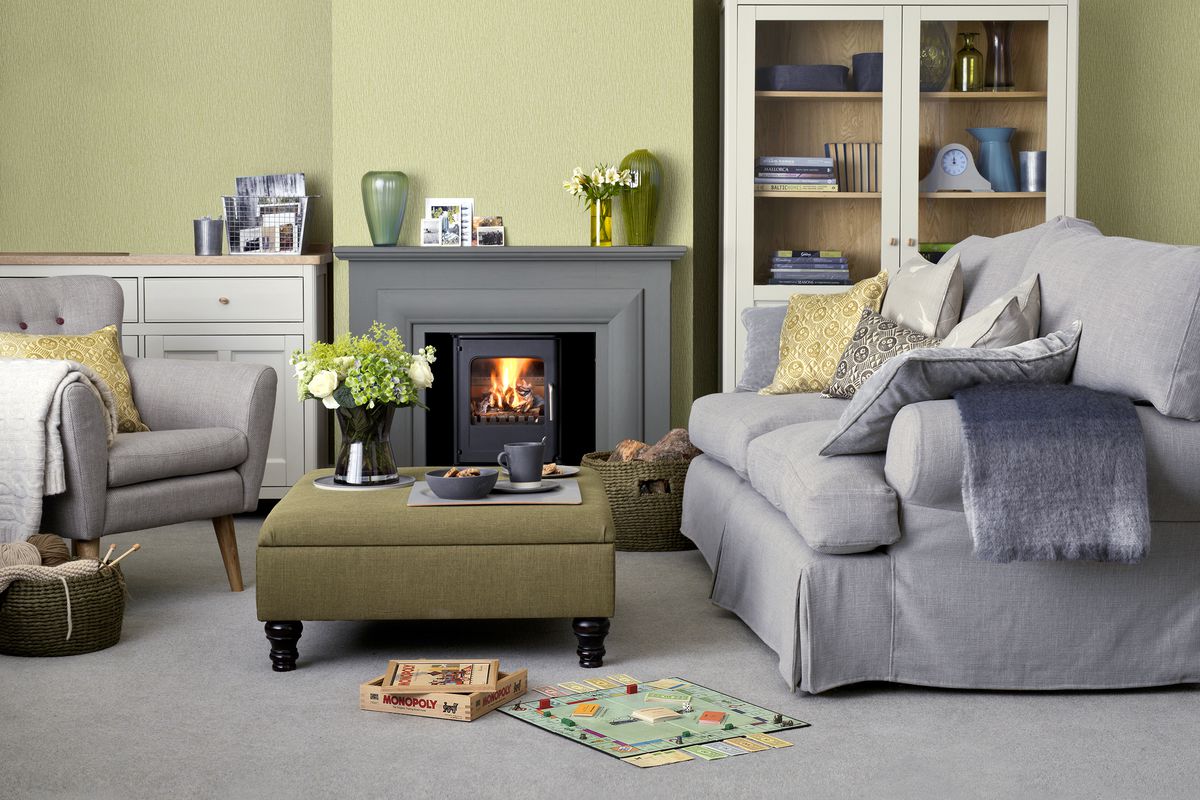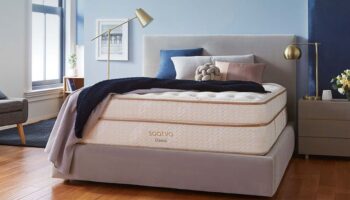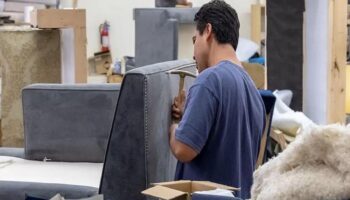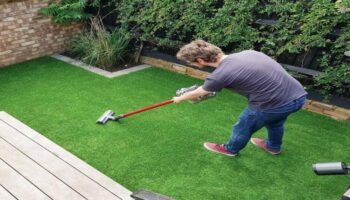The carpet as flooring is the ultimate choice of every contemporary home. Carpet is something that adds luxury to your space due to its soft and cozy feel under feet. You won’t feel regret after opting wall to wall carpet due to its numerous benefits.
Not only a superior look and feel but also attractive acoustic and thermal qualities and greater safety for homeowners with pets and kids make it a great choice as compared to other types of flooring.
Buying a carpet is unquestionable not an easy task, as it requires a piece of knowledge about a wall-to-wall carpet because it’s a one-time big investment. In this blog, we will school our readers how to shop for wall-to-wall carpets. The selection of carpet and backing of carpet influences the entire look and tone of your space.
The following are the features one must have to ponder before buying a wall-to-wall carpet.
- Face weight: the face weight of a carpet means the weight of the pile of carpet in units per square yard, mostly it is measured in ounces and without weighing the backing together. Face weight means the higher the face weight the higher the pile or the yarn used in the making of the carpet. The higher the amount of the yarn the plusher and softer the carpet becomes.
The range for homes in terms of face weight is 40 to 60, 40 is good and 60 is better above 60 leads to the best quality soft piles. Ideal for living rooms, bedrooms, or low traffic areas. In high-traffic areas, they gather more dust and start to show signs of early wear and tear.
- Type of fiber: the quality of the carpet is also dependent on the fiber from which it is made up of. Usually, carpets can be seen made up of natural fibers and synthetic fibers simultaneously. In natural fibers, the top-quality carpet you can have made is from wool whereas in synthetic fibers you can choose from nylon, polyester, olefin, etc.
- Twist of carpet: twist of the carpet means the way or the technique in which the carpet is made or the way the fibers are sewn into the carpet or into the carpet and the backing material. There are three common types of twists which are.
- Looped pile: a yarn pile that is looped at the same height and left uncut.
- Cut pile formed by slicing the tops of level-looped piles
- Shag: tufted yarn that is not tightly twisted
- Carpet style: choose the carpet style you like and compare its merits and demerits. Now patterned carpets are preferred because of a basic, simple pattern and low-cut pile provides ease of cleaning.
- Carpet pad density and thickness: using a carpet pad is like backing and provides support to the Carpet it gives you the feel of a thick carpet underneath your feet.
- Color of the carpet: always decide on the color of the carpet after looking at samples as they vary from shop to shop. Natural or neutral colors are currently in trend.





